Having been in the position of trying to identify a strip of mystery 0603 components I found on my floor, I thought a good general question to pose to this community might be what a recommended set of steps could be to identify similar unknown components.

I identified these by using package (0603) and color (black) and then thinking about where they might have come from, and how they might have ended up being on the floor. Luckily I didn't need to use any test equipment to work out they are a 4.7 \$\mu\$H inductor because I'm not sure how I would have proceeded to get to this end result without my extra clues; hence this question.
I'm looking for a reasonable set of steps and methodology to follow that would allow me to identify most small components (new or recovered) with no (or simple) markings. Presumably identifying package is the first step and the last steps would be using test equipment.
I searched and did find resources like this that mainly deal with through hole and traditional components but very little on these surface mount items many of which share similar packaging.